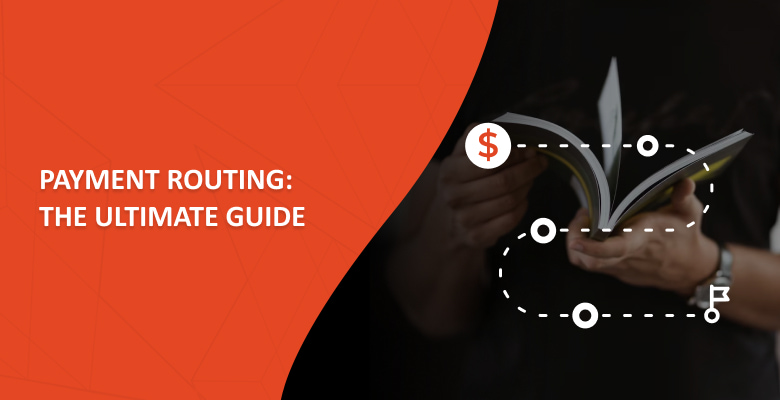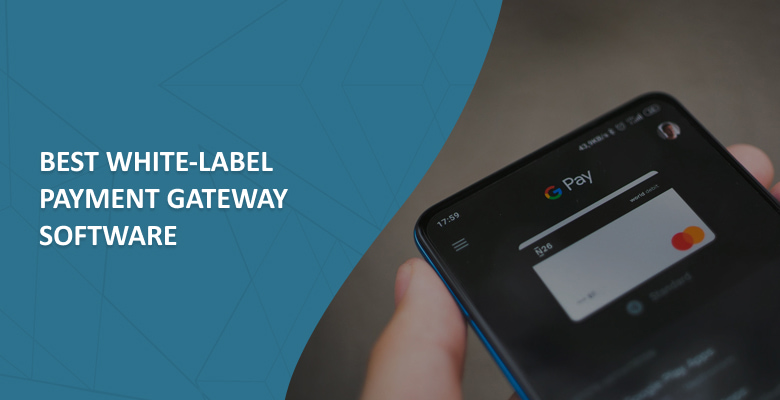
Running an online business can often feel like an ongoing rollercoaster ride, where you grapple with satisfying customer payment preferences, finding suitable payment partners, minimizing interchange fees, and tackling false declines. However, it’s only valid if you aren’t harnessing advanced intelligent payment routing technology or do not know how to use its potential to the fullest extent.
You might already be familiar with intelligent payment routing, a financial technology that automatically chooses the most appropriate payment provider for each transaction, or this may be your first introduction to it. In this article, our emphasis won’t be on theory; instead, we will illustrate how intelligent routing has enhanced transaction flow through real-life examples from our clients. Hold on tight, and let’s go!
What is intelligent payment routing?
First, let’s quickly run through the definition of intelligent payment routing to clarify the matter. Intelligent payment routing, often called smart payment routing or simply payment routing, is an advanced technology that automatically chooses the most relevant payment provider for each transaction based on a number of predefined parameters, such as currency, transaction amount, payment method, geolocation of billing address, etc.
Intelligent payment routing technology aims to streamline payment flow by directing transactions to payment providers with the highest likelihood of successful processing. This, in turn, reduces the frequency of declines and helps save on interchange fees by processing various transaction types through providers offering lower rates.
To learn more about the basics of payment routing technology, read our comprehensive guide below.
Now, let’s focus on the practical aspect and delve into three real-life business cases that illustrate how smart routing has improved transaction flow, reduced processing expenses, and simplified digital payment processing.
How intelligent payment routing optimizes digital payments: Three business cases
The businesses we are about to overview operate in diverse industry sectors and geographical regions. Each of them encountered industry-specific payment challenges and turned to the Akurateco Payments Orchestration Platform, advanced white-label payment software boasting integration with over 300 banks and payment providers and offering cutting-edge payment technologies, including intelligent payment routing.
Due to Akurateco’s provision of white-label payment solutions, customized and branded under each client’s name, our clients prefer to maintain confidentiality and not disclose their identities. Thus, while fully conveying our clients’ stories, we refrain from further identifying them by their real business names to preserve their privacy. Here, we will refer to our clients as Client A, Client B, and Client C.
FTD and whitelist traffic routing
Client A, whose story we’re about to explore, is a Payment Service Provider (PSP) that offers its services to worldwide e-commerce stores. Before partnering with Akurateco, they worked on their own system that incorporated intelligent payment routing, but it was not customizable in terms of parameters.
Client A’s primary challenge was their system’s inability to automatically choose a Merchant Identification Number (MID) for transaction processing based on First-Time Deposit (FTD) and trusted whitelist traffic. First-time deposit is a metric commonly used to refer to users or customers making their first deposit or transaction on a particular website. Whitelist traffic, in turn, refers to trusted or pre-approved customers with a track record of successful payments on the website.
For Client A and their merchants, it was of particular importance to route FTD and whitelist traffic to different MIDs. The reason behind it is that routing whitelist traffic to separate MID ensures that transactions from trusted sources will not be mistakenly sent to the acquirer with more strict risk rules or the acquirer located in the region where this card attempt will be considered as a new customer and undergo several checks aimed at the unknown and potentially fraudulent person. In this way, payment routing of FTD and whitelist traffic to different MIDs was necessary to minimize the risk of false declines and increase merchants’ revenue.
When Client A turned to Akurateco, our system took the responsibility of routing FTD and whitelisted transactions off their shoulders. Initially, Client A registered merchant accounts for their merchants in the Akurateco system, where they uploaded their whitelists and connected to 3 MIDs, including one that works with whitelists. Akurateco’s intelligent payment routing was set up so that whitelisted transactions are now automatically sent to the specified MID and FTD traffic to another MID. In case an FTD transaction is declined due to MID’s internal reasons, it is automatically cascaded to the third MID that works with FTD traffic in order for it not to be declined.
Having utilized the system for over a year, Client A has experienced seamless routing without any extra development on their side. Over this period, our client has realized savings of more than $150,000 in system maintenance costs, as they no longer need to invest in it, and they also witnessed an impressive 11% increase in their approval ratio.
Balancing transactions between different MIDs
Client B, a global streaming service provider, turned to Akurateco with a primary request for a payment solution that could tailor the distribution of transactions among various MIDs to suit their specific needs.
Their goal was to set up balancing between two different MIDs with identical processing criteria to prevent exceeding their 10,000 transaction limits. Instead of filling up one MID and then switching to the other, Client B found it more advantageous to maintain processing across both MIDs simultaneously to avoid system failures and declines. Therefore, they requested Akurateko experts to set up proper transaction balancing via the routing module.
Given the flexibility of the routing parameters in the Akurateco system, we responded to the client’s request by incorporating the “Distribute by count” and “Distribute by percentage” modules into the routing engine. This upgrade now allows Client B to allocate traffic between their MIDs based on specific percentages. For instance, they can direct 30% of traffic to one MID while routing 70% to another. Additionally, they can distribute traffic between MIDs according to the number of transactions. For example, if one MID has processed 4 successful transactions, the subsequent 2 will be routed to a second MID. Once the limit is reached on the second MID, all subsequent transactions will be directed back to the first MID.
By adopting this approach, the client successfully maintained its relationships with acquirers without terminating any of them, as they ensured continuous transaction processing on their MIDs without interruptions. Moreover, it allowed for the effective distribution of the client base across multiple MIDs, as customers did not surpass their velocity limits. For instance, if previously customers could complete three successful transactions per day on one MID without exceeding velocity limits, the implementation of balancing led to an increase in the number of successful transactions.
Local and global payment traffic distribution
Another Client whose story we’re about to discover is a local mobile communications provider that accepts digital payments for its services. Client C operates in Brazil but also provides services to neighboring countries, accepting digital payments locally and abroad. Their partnering acquirer follows an interchange fee structure and has established distinct tariffs for payments made with local cards issued within the Client’s country of origin and cards from other countries, each with a specific interchange fee. Although rates for local payments from the local acquirer proved significantly more cost-effective than those from international payment providers, their rates for international payments were notably expensive.
For this reason, Client C determined that it would be more financially advantageous to route local transactions to the local acquirer while routing transactions with BINs from other countries to international payment solutions with more cost-effective interchange fees.
Akurateco has set up intelligent payment routing according to client requirements. Thus, thanks to the correct routing, Client C now benefits from significant cost savings, as local traffic is directed to a local acquirer with lower interchange fees. At the same time, international cards are routed to a global provider with more favorable interchange rates for international payments.
As a result, Client C saves 0.5% interchange fee on each international transaction while still benefiting from low interchange fees for local payments. Furthermore, intelligent payment routing allows them to tailor their traffic distribution according to their specific requirements.
Need a hand?
Intelligent payment routing proves to be an immensely advantageous technology, enabling businesses to customize their payment systems to match their unique needs, streamline payment processes, and reduce processing expenses.





